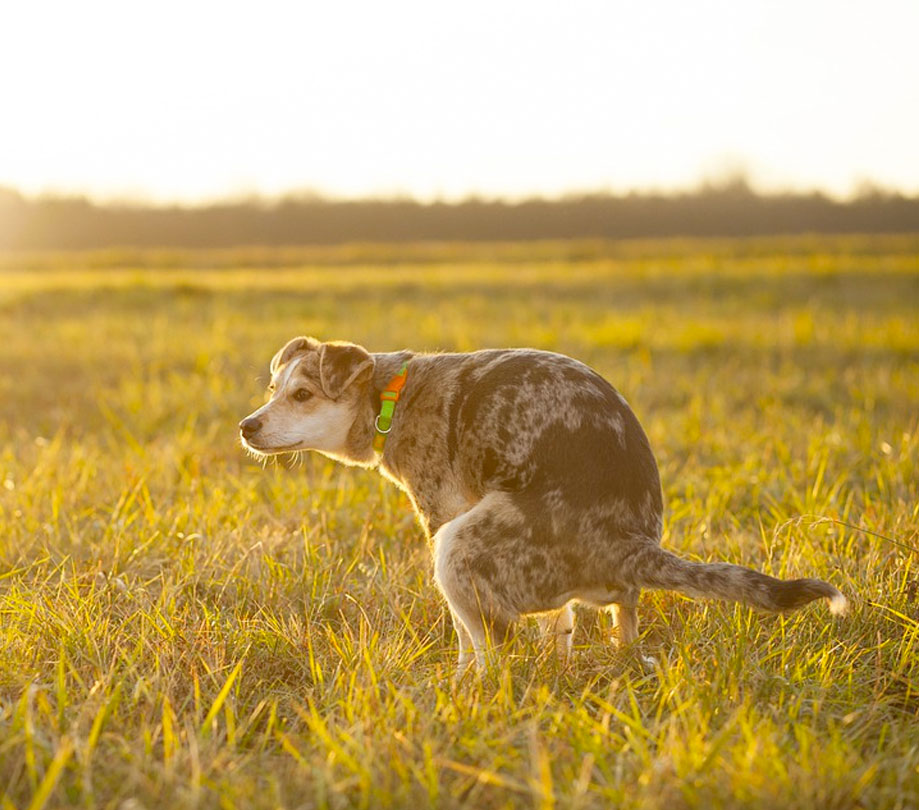Blog
Kristal Hicks from MFiber talks about your pets poop and how the fiber in pet food improves your pet's stool consistency, colonic fermentation, gastrointestinal health, decreases the caloric density, and promotes digest passage rate.
Over the last few years, I have had the opportunity to speak in front of Future Farmers of America students at local high schools in SW Missouri. I have enjoyed getting the opportunity to introduce these students to different areas within agriculture and the pet food industry. Most recently, I was invited to an Ag day where we set up a booth for hundreds of high schools to come and see what our business does and hopefully spark the interest of the future generation to enter a similar career. How do you get a bunch of high schoolers, who most likely only came because they could get out of class, to listen and what you want to say? You start out by saying, “Let’s Talk about Your Pets Poop” After a few chuckles, I had their attention which allowed me to explain the following.
Lets talk about your pets poop
There are a lot of different types of fibers you will find on a bag of pet food. All of the fiber in pet food provides functions like improve stool consistency, aid colonic fermentation, and gastrointestinal health, decrease caloric density, and promote digest passage rate. Fibers are divided into two categories, Soluble and Insoluble. Soluble fibers get their name because they are soluble and dissolve in water. There are a lot of different foods with soluble fibers but the most common are apples, carrots, oats and barley, beets, and peas. Most grains have a lot of soluble fibers. The benefit to soluble fibers is they are often time able to be fermented which gives good bacteria in the gut something to feed on for energy.
Insoluble fibers are not dissolved in water and promote regularity in the digestive system. Insoluble fibers also are not easily fermented which allows them to move through the entire digestive system which aids in moving beneficial bacteria and nutrients into the large intestine and colon. Typically, insoluble fibers are found in grasses like Miscanthus or the hull of grains and vegetables or wood (powdered cellulose).
There has to be a balance when looking at fibers. Just because something is high in fiber does not mean it will provide the benefits mentioned above. In the case of soluble fiber like beet pulp, it can cause stool quality to go down at very high inclusion and can cause gas issues because there is too much fermentation happening. Also, too much insoluble fiber could cause palatability issues. In the case of Miscanthus Grass, here is what Dr. Greg Aldrich had to say about some research performed at a 10% inclusion at K-State, “Miscanthus grass in chick, dog, and cat diets were readily accepted, was wholesome, and led to animal performance and diet utilization similar to that of other standard fiber sources.” And “Miscanthus grass appeared to impact fecal scores to values closer to the “ideal” and were slightly higher to that of beet pulp and cellulose.”
The fiber in pet food is sometimes viewed as not being essential and just a cheap filler. That is not the case at all. Fibers in pet food are essential for a healthy gut and to help with satiety. If your pet has constipation issues or diarrhea issues or any number of health problems, fiber is possibly the solution. So “Let’s talk about your pet’s poop”!

